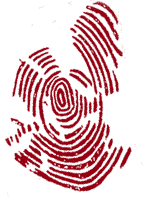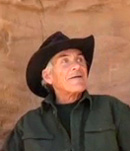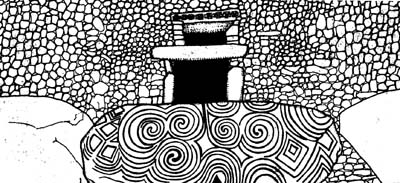 |
||
|
Stones not bones - Sunday Tribune 11/12/1983
SIR Venom is almost always used as a means of avoiding reasoned argument. Thus Clair O'Kelly's review of Martin Brennan's The Stars and the Stones (Sunday Tribune, 4th December) set me to thinking about what was being avoided. Anyone conversant with the field will immediately know what issue is at stake, but the reader coming to this review for information about the book will be just as unknowing after reading the review as he was before. Claire O'Kelly could have saved him a lot of bother by reducing the review to four words: 'Don't read this book.' Most Irish archaeologists have strongly resisted the possibility that the megalithic mounds that are to be found in great number in Ireland, England and many other countries could have been part of an ancient network of observatories. They are adamant in the belief that the megalithic structures were built primarily as tombs an Irish version of the Egyptian Pyramids and their burial chambers. The only evidence they use to substantiate this view are ashes and bones found in these sites, remains which can in no way be linked with the original purpose of these structures. Claire O'Kelly, author of Passage Grave Art in the Boyne Valley, is firmly in this camp. The argument between the astronomical theorists and the tomb theorists has brought more heat than light to the subject. Thus there are two streams of thought using the same evidence, but without paying heed to each other. Unfortunately for the tomb theorists, the public has been biased in favour of the much more exciting astronomical theory. This has only increased the venom among most of the tomb theorists, for it is not to be forgotten that they have done much to document these sites. However, uncovering the data is not identical to understanding it. The archaeologists have said that the key to understanding these drawings has been lost forever. But anyone who experiences the beam of light as it enters the chambers of certain Irish sites and illuminates the symbols engraved on the stones is no longer confronted with a technical argument. The evidence of the light is overwhelming. For Mrs O'Kelly to dismiss Brennan's discoveries with a single second-hand quote is an inadequate way of dealing with an entire book. It is also a rather flimsy means of denying the average reader the opportunity of understanding a major part of Ireland's cultural heritage. She quotes from Douglas Heggie: " The observation that the astronomical theory fits the facts does not help us to choose between the possibility that they are intentional. The megalithic builders of 5,000 years ago were able to construct a series of astronomical observatories of an accuracy that indicates a high level of cultural development. Its focus was not on death, but on the very basis of life itself; the sun, indicating a culture of very different emphasis from the death-centred world of the Passage Grave theorists. The mounds of the Boyne Valley and the Loughcrew Hills provide the richest examples of this type of monument available for study. Brennan's work is devoted to a serious examination of the possibility that these mounds are observatories, and that the "art" which adorns the stones is a means of recording astronomical data. The book is filled with illustrations of these incised stones. In addition, he describes his attempt to understand these glyphs in a context of personal experience that is alien to the methods used by those who put the bones before the stones. If Mrs O'Kelly had been waiting for the rising sun at Loughcrew at equinox, she might have met Martin and his intrepid friends, and shared a powerful experience which would have provided some understanding of the function of the mounds. This understanding is reinforced by a series of observations that can only be dismissed as coincidence by those who refuse to honour facts. Toby Hall, 7 Crow Street, Dublin 2. |
Boyne Valley Private Day Tour Immerse yourself in the rich heritage and culture of the Boyne Valley with our full-day private tours.
Visit Newgrange World Heritage site, explore the Hill of Slane, where Saint Patrick famously lit the Paschal fire.
Discover the Hill of Tara, the ancient seat of power for the High Kings of Ireland.
Book Now
Immerse yourself in the rich heritage and culture of the Boyne Valley with our full-day private tours.
Visit Newgrange World Heritage site, explore the Hill of Slane, where Saint Patrick famously lit the Paschal fire.
Discover the Hill of Tara, the ancient seat of power for the High Kings of Ireland.
Book Now
|



